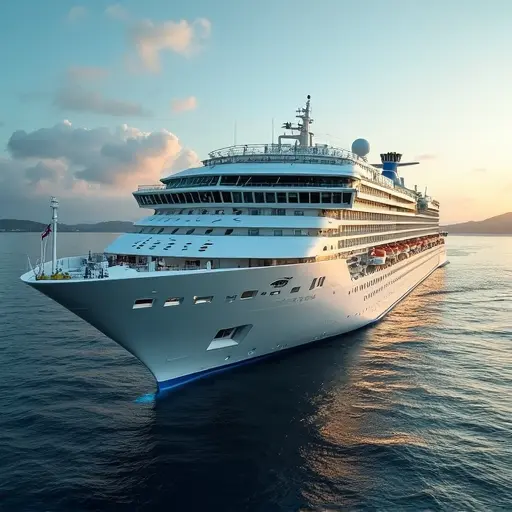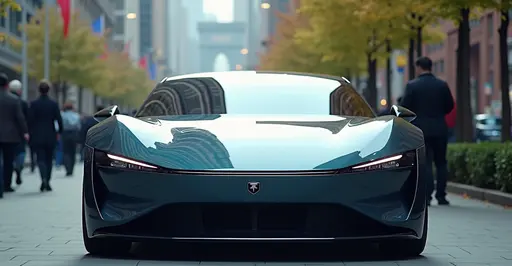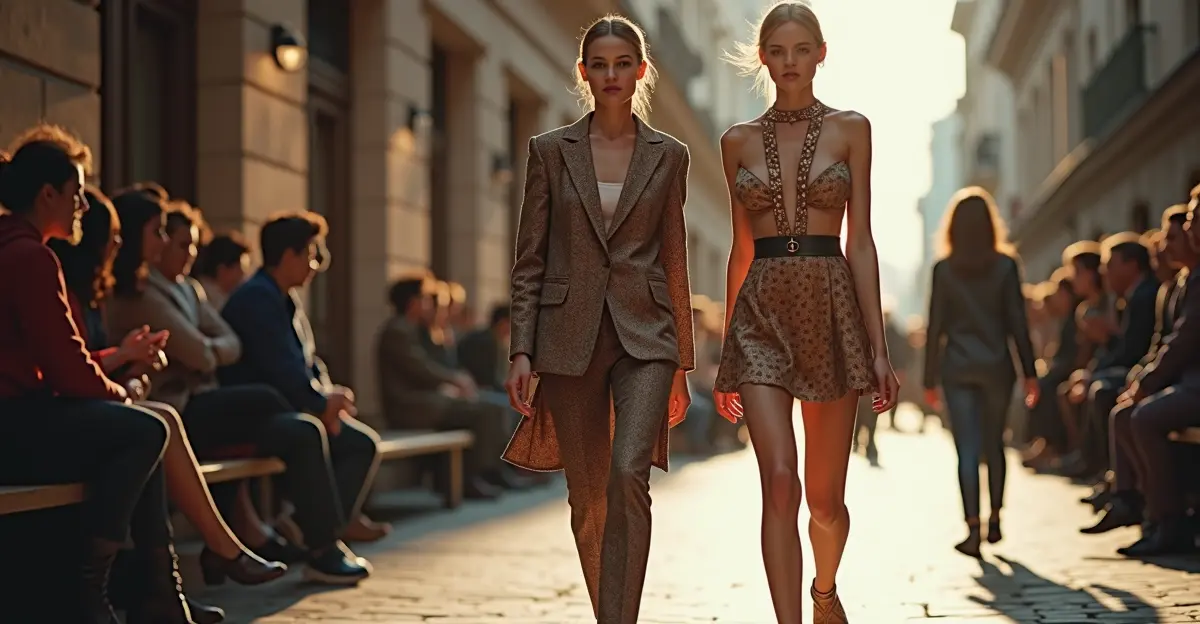
The Sustainable Luxury Revolution
Major luxury fashion houses are fundamentally redesigning their production models as consumer demand for sustainability reshapes the industry. Brands like Gucci, Stella McCartney, and Kering-owned labels are leading this transformation with ambitious environmental initiatives.
Conscious Consumers Drive Change
Millennial and Gen Z shoppers are voting with their wallets - 73% now prioritize sustainability when purchasing luxury goods according to recent industry reports. This shift has forced even heritage brands to adopt circular design principles and transparent supply chains.
Kering's 2025 Sustainability Roadmap
The luxury conglomerate Kering has committed to reducing its environmental footprint by 40% before 2025. Their strategy focuses on three pillars: reducing resource consumption (Care), ensuring ethical labor practices (Collaborate), and developing innovative materials (Create). Their Environmental Profit & Loss accounting system quantifies impact across all operations.
Beyond Greenwashing
After criticism over practices like Burberry's 2018 destruction of £28.6M in unsold goods, the industry is moving toward genuine reform. Initiatives like The Fashion Pact - signed by 60+ luxury brands - commit signatories to biodiversity protection, ocean conservation, and climate action.
The Future of Luxury
Innovations include biodegradable sequins, lab-grown leather alternatives, and blockchain-tracked supply chains. As Kering CEO François-Henri Pinault states: "Luxury and sustainability are one and the same." With the secondhand luxury market projected to double by 2027, sustainable fashion isn't just ethical - it's becoming essential for survival.

 Nederlands
Nederlands English
English Français
Français Deutsch
Deutsch Español
Español Português
Português






